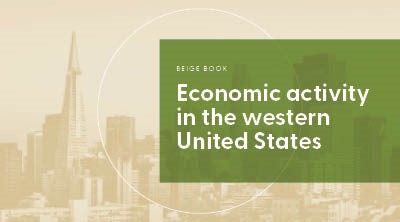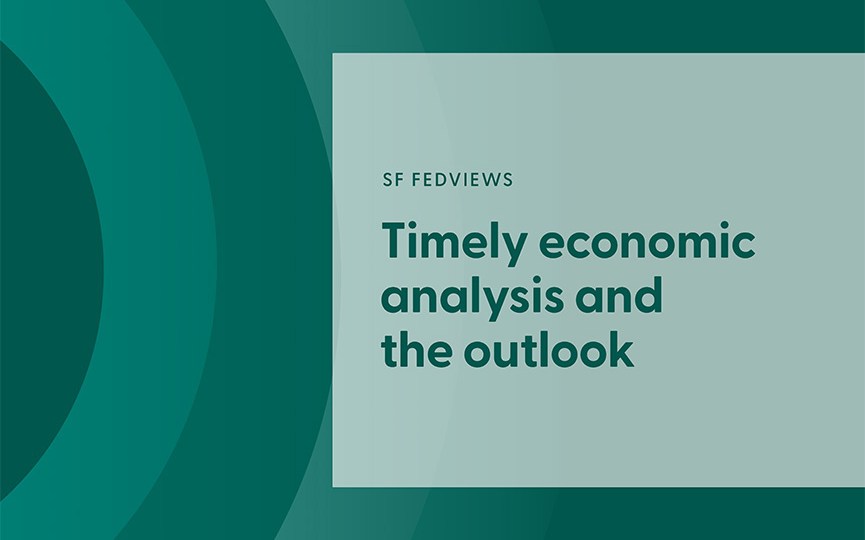We produce a wide range of publications that share the latest data, analysis, and insights from various teams at the SF Fed. Our publications help inform and strengthen public understanding of economic issues and its impact on people and communities.

Economic Research Publications
FRBSF Economic Letter >
Economic analysis for general audiences
-

The Changing Sensitivity of Interest Rates to Oil Supply News
A decrease in oil supply drives up oil prices, which can raise unemployment and inflation. To counter adverse effects on inflation, a central bank may choose to increase its policy rate, potentially reducing economic activity further. Changing interest rates can thus shape how unexpected oil price changes affect the economy. In recent years, interest rates have become more sensitive to unexpected oil supply news. However, market-based long-term U.S. inflation expectations did not shift significantly in response to oil supply news, suggesting that the public’s inflation expectations remain well anchored.
SF FedViews >
Analysis of current economic developments and the outlook
-

SF FedViews: Solid Growth, but Small Cracks Have Emerged
Robert G. Valletta, associate director of research and senior vice president at the Federal Reserve Bank of San Francisco, shared views on the current economy and the outlook from the Economic Research Department as of November 20, 2025.
Working Papers >
The latest in economic research
-
Firms’ Inflation Expectations in a Monetary Union
Using data from the euro area SAFE, a novel survey of firms’ inflation expectations including a randomized controlled trial (RCT), we show that firms’ inflation expectations exhibit significant heterogeneity, challenging the predictions of full-information rational expectations models. At the same time, we document that firms update beliefs rationally but under incomplete information, with geographic location […]
Community Engagement and Analysis Publications
Community Development Research Briefs >
Research briefs feature data and commentary on community development trends and issues.
-
On-the-Job Exposure to AI Among Lower-Income Workers
To better understand the potential impacts of AI on the economy, this analysis assesses workers likely to be exposed to AI on the job, paying particular attention to workers in lower-income households, what occupations and industries they work in, and how exposure varies across different parts of the country.
Community Development Working Papers >
Working papers provide in-depth analysis of emerging community development issues from practitioners and scholars.
-
Housing Market Interventions and Residential Mobility in the San Francisco Bay Area
Limited evaluation research exists on which housing solutions are most effective in stabilizing communities so that those who wish to stay are able to do so in the midst of an influx of newcomers. This study seeks to fill this gap by assessing patterns of individual and household mobility related to specific housing interventions in the nine-county San Francisco Bay Area. Specifically, this study examines impacts of market-rate and subsidized development, and tenant protections, including rent stabilization and just cause for evictions protections.


